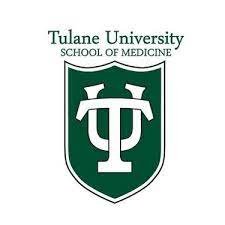
The study showed what exactly happens inside arterial plaques before a person has a stroke. It was conducted by scientists from Tulane University.
Heart attacks and strokes are the main cause of death in Russia, and scientists are still working to find the main causes of these adverse events. For example, it is still unclear what exactly leads to accumulations of artery-clogging plaques, and what provokes a sudden rupture or detachment of these same accumulations. Until now, one of the main obstacles to these studies has been the inability to observe plaques directly during an ischemic stroke provoked by a thrombus. And so scientists were able to genetically sequence carotid plaque tissue that was taken from patients within a few days after strokes.
Myasnikov spoke about the dangerous causes of fainting
It was compared with ordinary stable plaques and found that the tissues of recent stroke patients contain messenger RNA that can provoke inflammation and trigger processes that destroy key parts of the plaques. Namely, they lead to breaks. Scientists have identified genes that can be influenced in the future when creating new drugs for the prevention of stroke or for its diagnosis. They can also be used in the fight against heart attacks.
Every extra hour of TV threatens with a stroke
The study showed that ruptured plaques have increased levels of B-cells or white blood cells, while their role in such ruptures has not been previously investigated. Previously, scientists took samples from the carotid arteries after the autopsy of deceased patients or a few months after heart attacks and strokes. But this limited the information received, since scientists could not detect those events in the plaques that occur only during their breaks. (READ MORE) 
Tulane University
Medicine
a private research university located in city of New Orleans, Louisiana, USA. Founded in 1834 as a state medical college. The college later became a university
